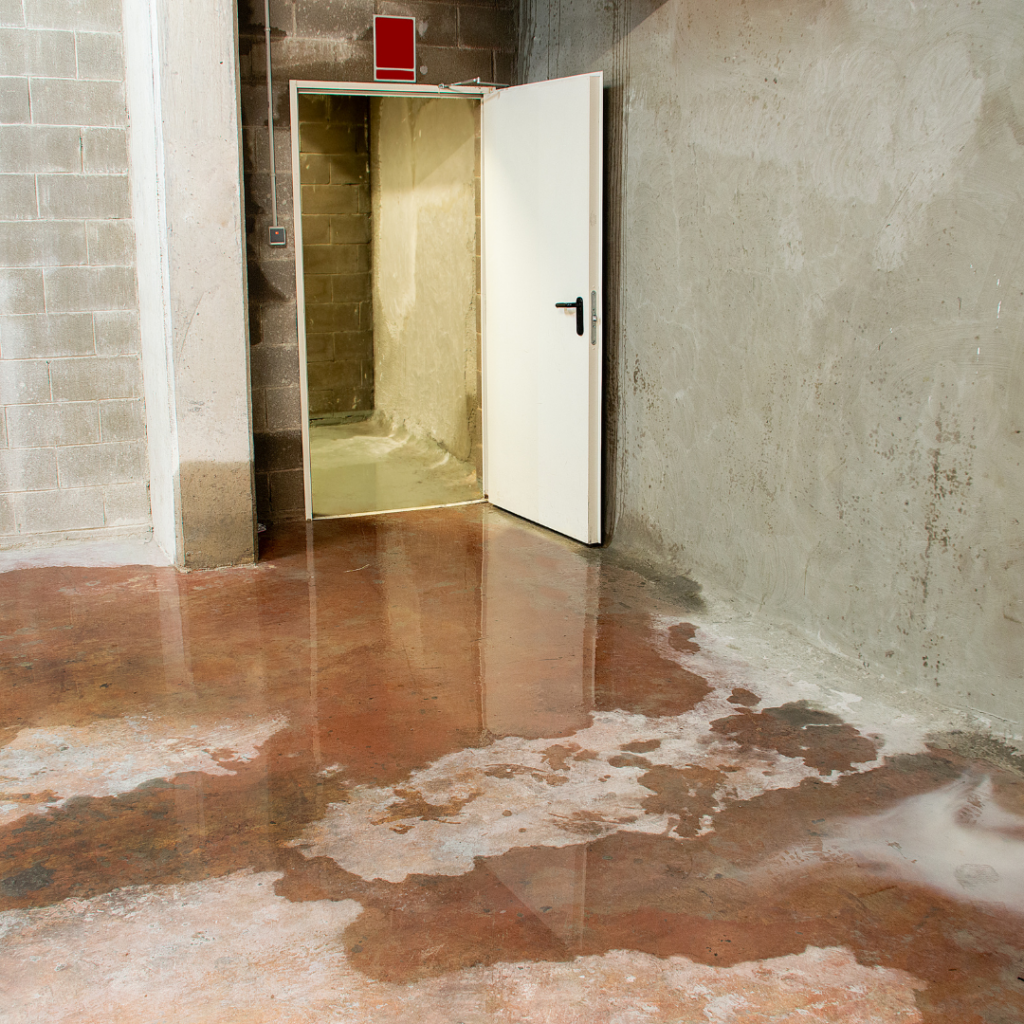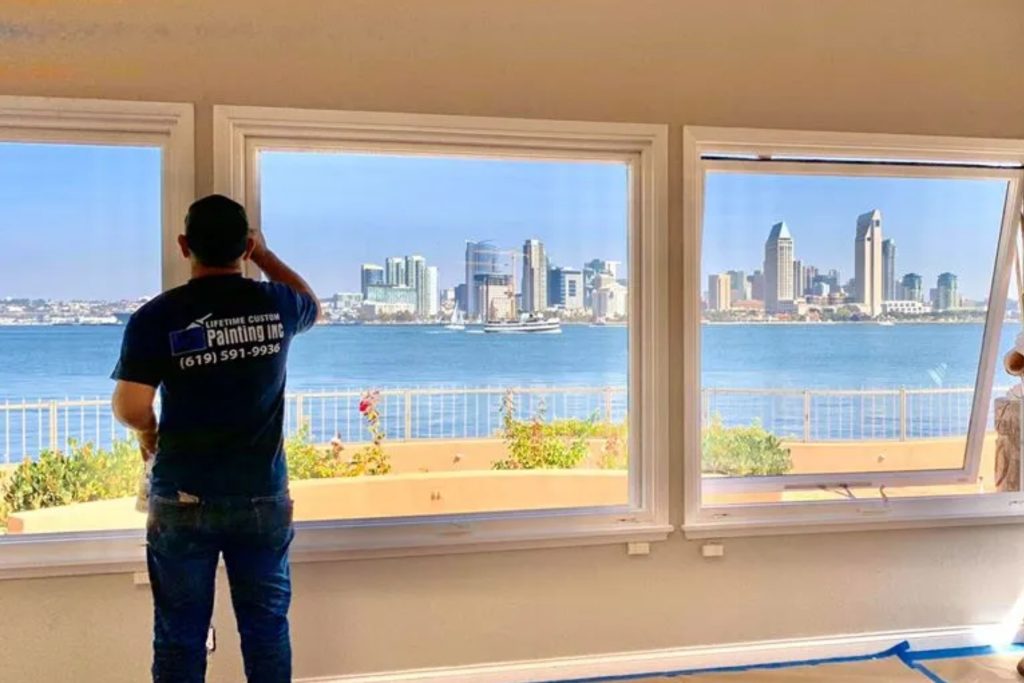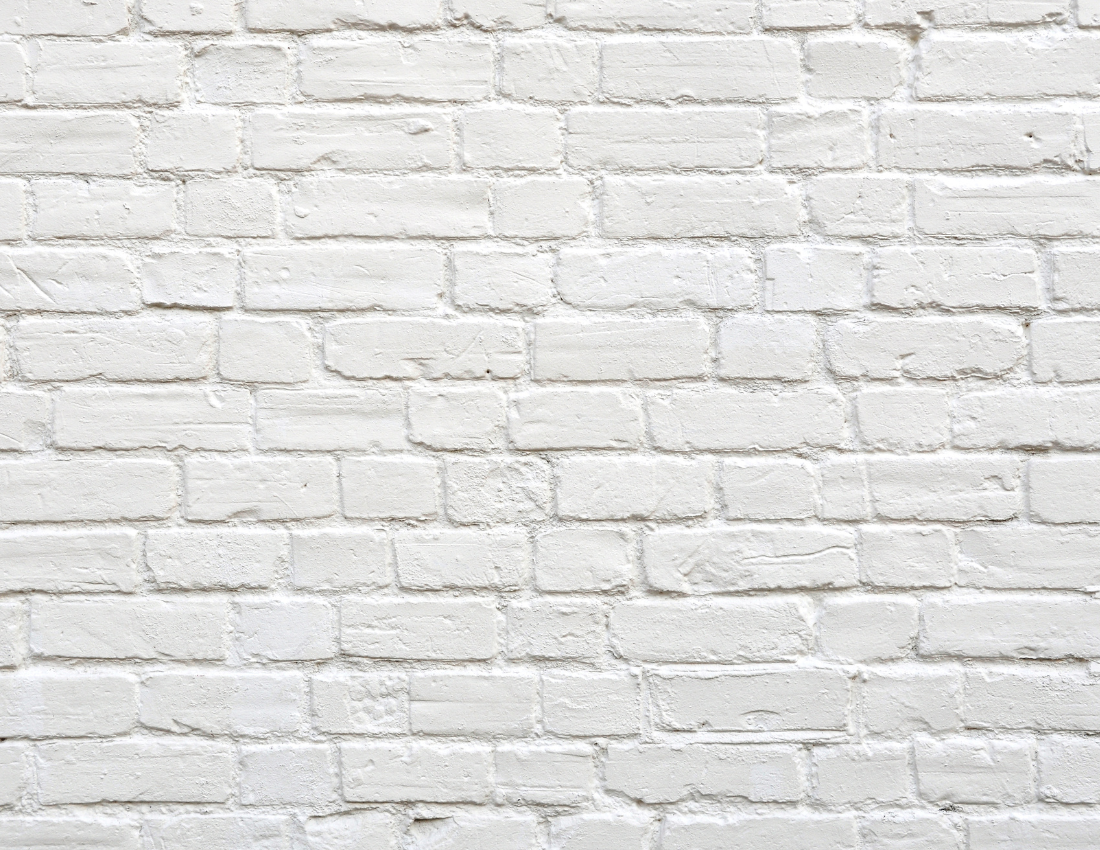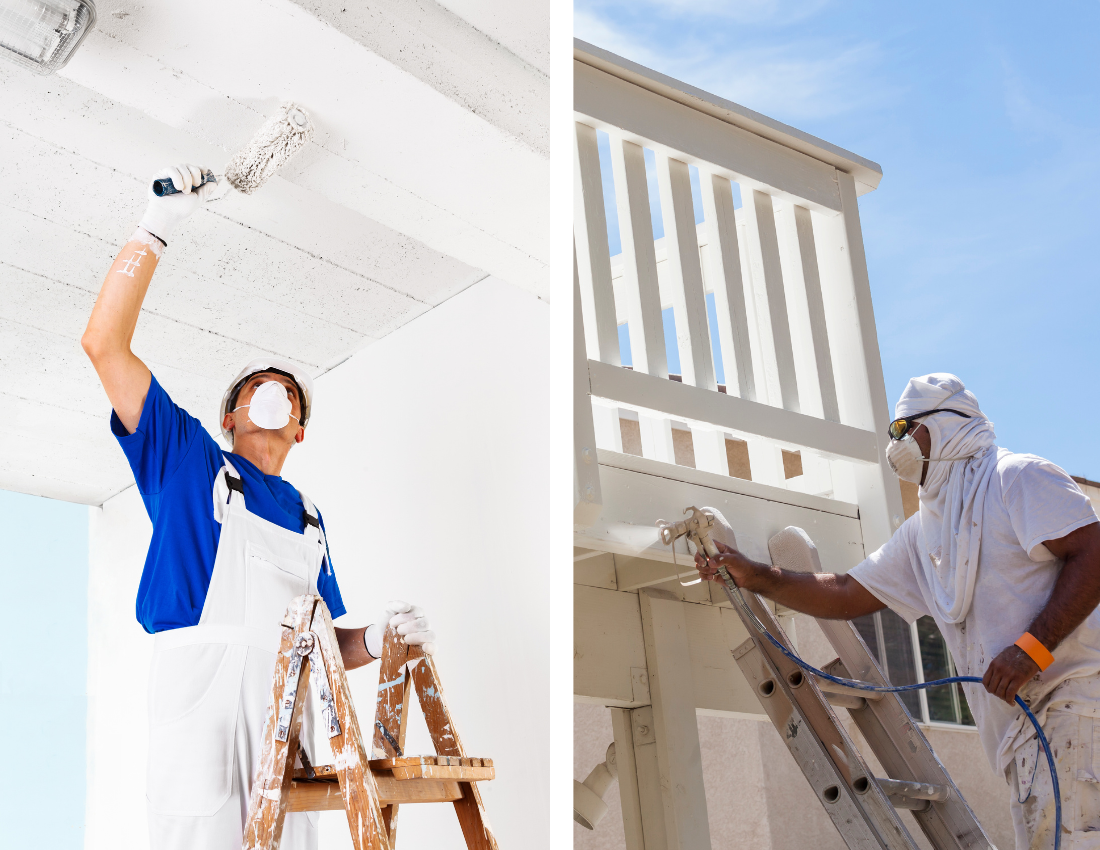Painting your home or commercial property can transform a space, enhancing its appearance and protecting surfaces from environmental damage. However, one of the most overlooked factors that can make or break your painting project is weather conditions. Weather plays a crucial role in determining how well your paint adheres, dries, and ultimately looks. Planning your painting project with weather in mind can save you time, money, and frustration, ensuring a smooth, professional finish.
In this comprehensive guide, we’ll explore how different weather conditions impact the painting process and provide practical tips on how to plan your project accordingly.
How Weather Conditions Affect Painting
1. Temperature Extremes
- High Temperatures: When temperatures soar above 85°F (29°C), paint can dry too quickly, leading to uneven coverage, brush marks, or lap marks. Rapid drying may also prevent proper adhesion, resulting in peeling or cracking over time.
- Low Temperatures: Painting in cold weather below 50°F (10°C) slows down the drying process, increasing the risk of water or oil-based paints not curing correctly. This can cause adhesion issues, extended drying times, or a sticky surface that attracts dirt and debris.
2. Humidity Levels
- High Humidity: Moisture in the air slows evaporation, causing paint to dry unevenly or remain tacky for extended periods. This can lead to bubbling, blistering, or an uneven finish. Excess humidity also increases the risk of mold and mildew growth on painted surfaces.
- Low Humidity: Low humidity promotes rapid drying, which can cause paint to form brush marks, lap lines, or uneven textures. It also increases the risk of paint cracking or flaking as it shrinks during drying.
3. Rain and Moisture
- Painting just before or during rain is a big no-no. Moisture on surfaces or in the air can prevent paint from adhering properly, leading to peeling or wash-off. Wet surfaces also trap moisture underneath the paint, causing blistering or mold growth later.
4. Wind
- Wind can cause dust, dirt, or debris to settle on freshly painted surfaces, ruining the finish. It also accelerates drying unevenly and can cause paint to blow away from surfaces, leading to uneven coats or drips.

Planning Your Painting Project According to Weather
Proper planning is essential to mitigate weather-related issues. Here are practical strategies to help you schedule your painting project effectively:
1. Check the Weather Forecast
- Always review a detailed weather forecast before starting. Look for a window of several days with mild temperatures (between 50°F and 85°F), low humidity, no rain, and minimal wind.
- Use reliable weather apps or websites that provide hourly updates to choose the optimal days for painting.
2. Schedule During Optimal Conditions
- Ideal Temperature Range: Aim for days when temperatures stay within 50°F to 85°F, avoiding extremes on either end.
- Low Humidity: Select days with humidity levels below 70%. Early mornings or late afternoons often have lower humidity.
- No Rain: Ensure no rain is forecasted for at least 24-48 hours after painting to allow sufficient curing.
3. Plan for Seasonality
- Spring and Fall: These seasons typically offer more moderate temperatures and humidity, making them ideal for exterior painting.
- Avoid Peak Summer and Winter: Extremely hot or cold days can compromise paint quality and application.
4. Prepare the Surface in Advance
- Dry and clean surfaces thoroughly before painting. Remove loose paint, dirt, or mold.
- If surface moisture is high, wait until it dries completely, which may require additional days of good weather.
5. Use Appropriate Paints
- Select paints formulated for specific weather conditions. For example, there are paints designed to resist cracking in extreme cold or blistering in high heat.
- Consider using quick-drying or weather-resistant paints if you’re painting in less-than-ideal conditions.
6. Adjust Your Painting Technique
- During high humidity or heat, work during cooler parts of the day, such as early mornings or late afternoons.
- Use thinner coats to prevent runs and ensure proper drying.
- Keep brushes and rollers clean and use high-quality tools to achieve an even finish.

Additional Tips for Weather-Resilient Painting
- Cover and Protect: Use tarps or plastic sheeting to shield surfaces from unexpected rain or dew.
- Monitor the Weather Daily: Even during a planned window, keep an eye on changing forecasts.
- Allow Extra Drying Time: In humid or cool conditions, extend drying times before recoating or exposing painted surfaces to elements.
- Be Flexible: If weather unexpectedly turns bad, reschedule your project rather than rushing and risking subpar results.
Conclusion
Weather conditions have a profound impact on the success of your painting project. From temperature swings to humidity levels, each factor influences how paint adheres, dries, and endures over time. Proper planning, attentive monitoring, and choosing the right products can help you navigate these variables, ensuring a durable and beautiful finish.
By understanding how weather affects painting, and scheduling accordingly, you’ll save yourself from costly mistakes, touch-ups, and premature deterioration. Whether you’re painting a small interior wall or a large exterior façade, patience and preparation are your best tools for achieving professional-quality results that last for years to come.
If you’re dealing with chipped or peeling paint in Sorrento Valley, Spring Valley, Torrey Pines, or the surrounding areas, call us at 619-389-2118 for a FREE estimate today.


